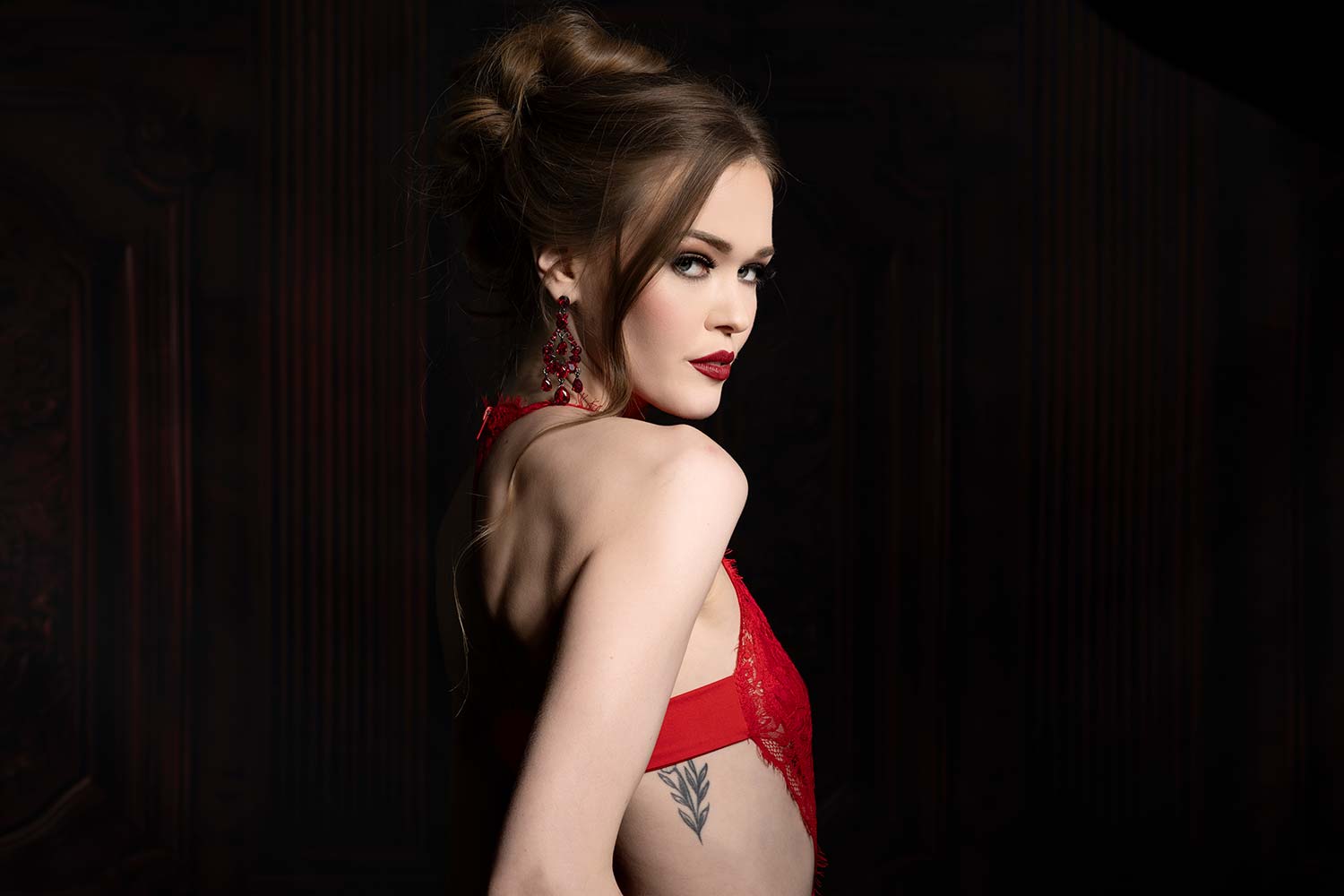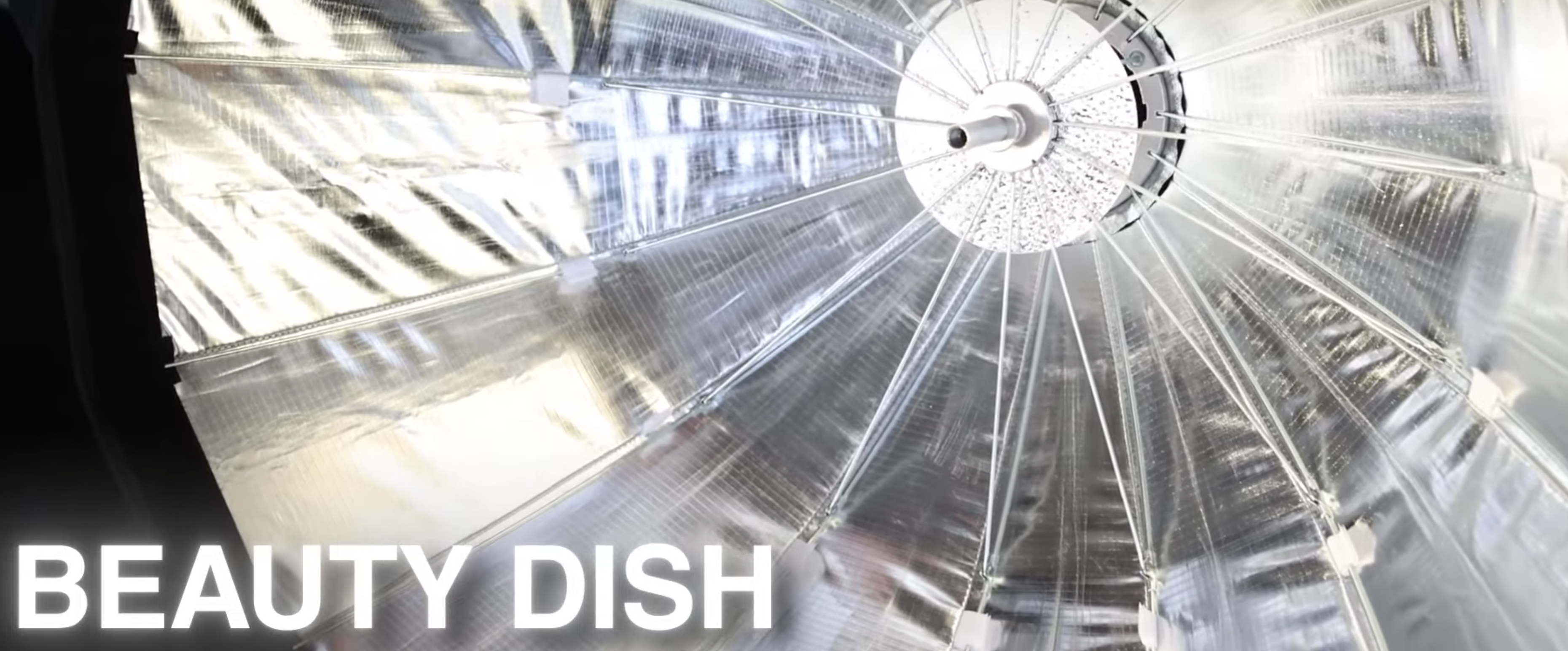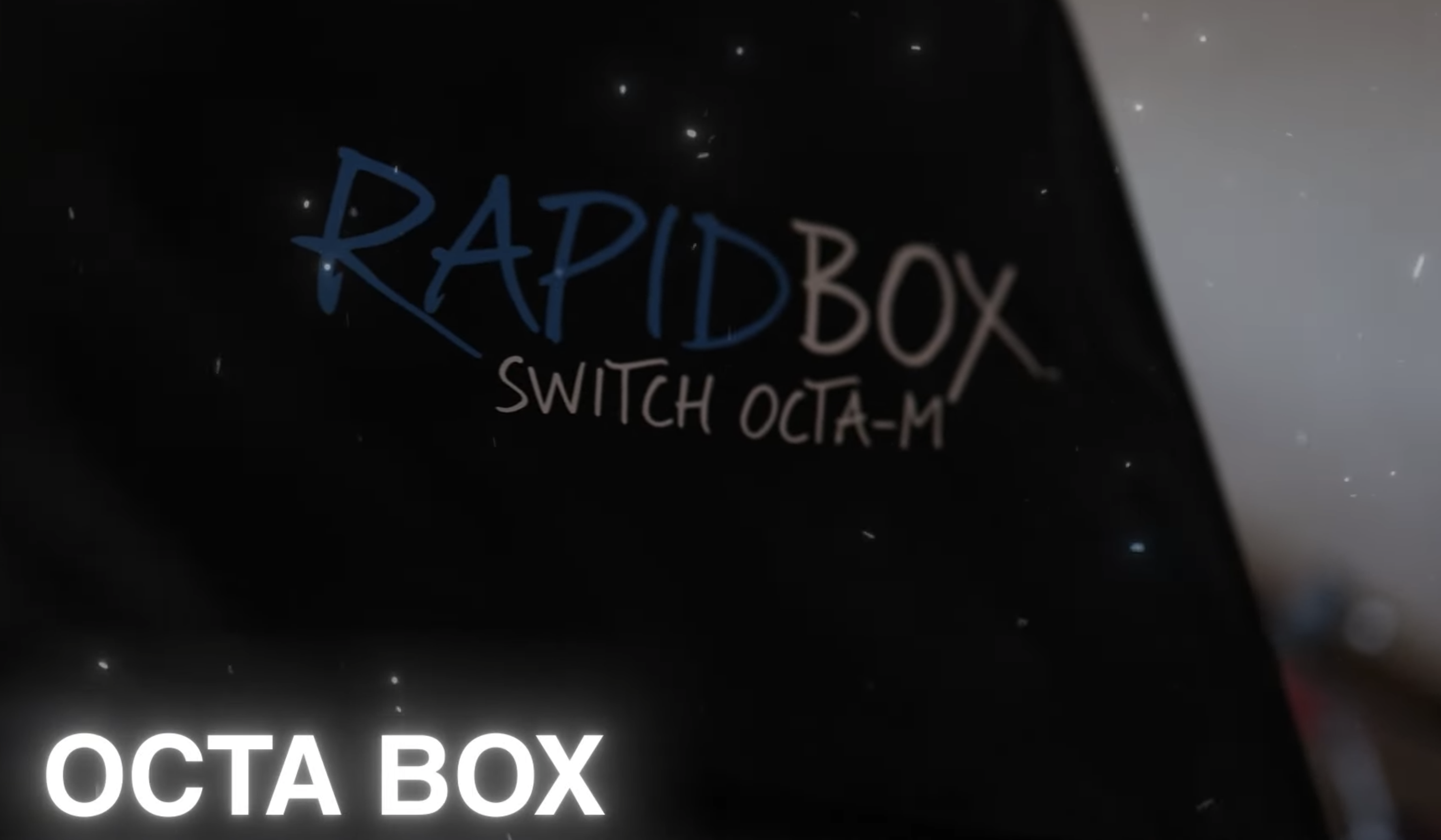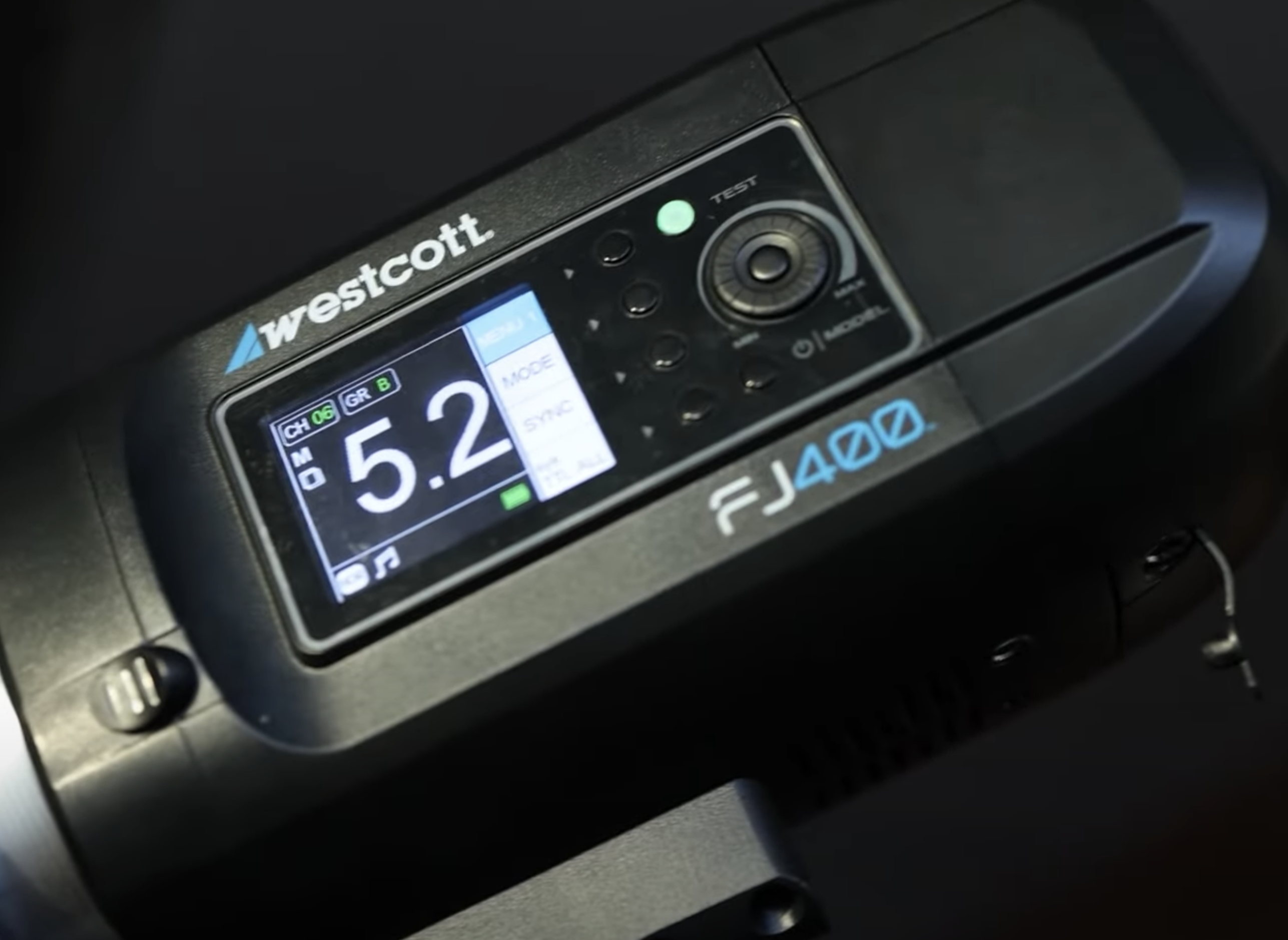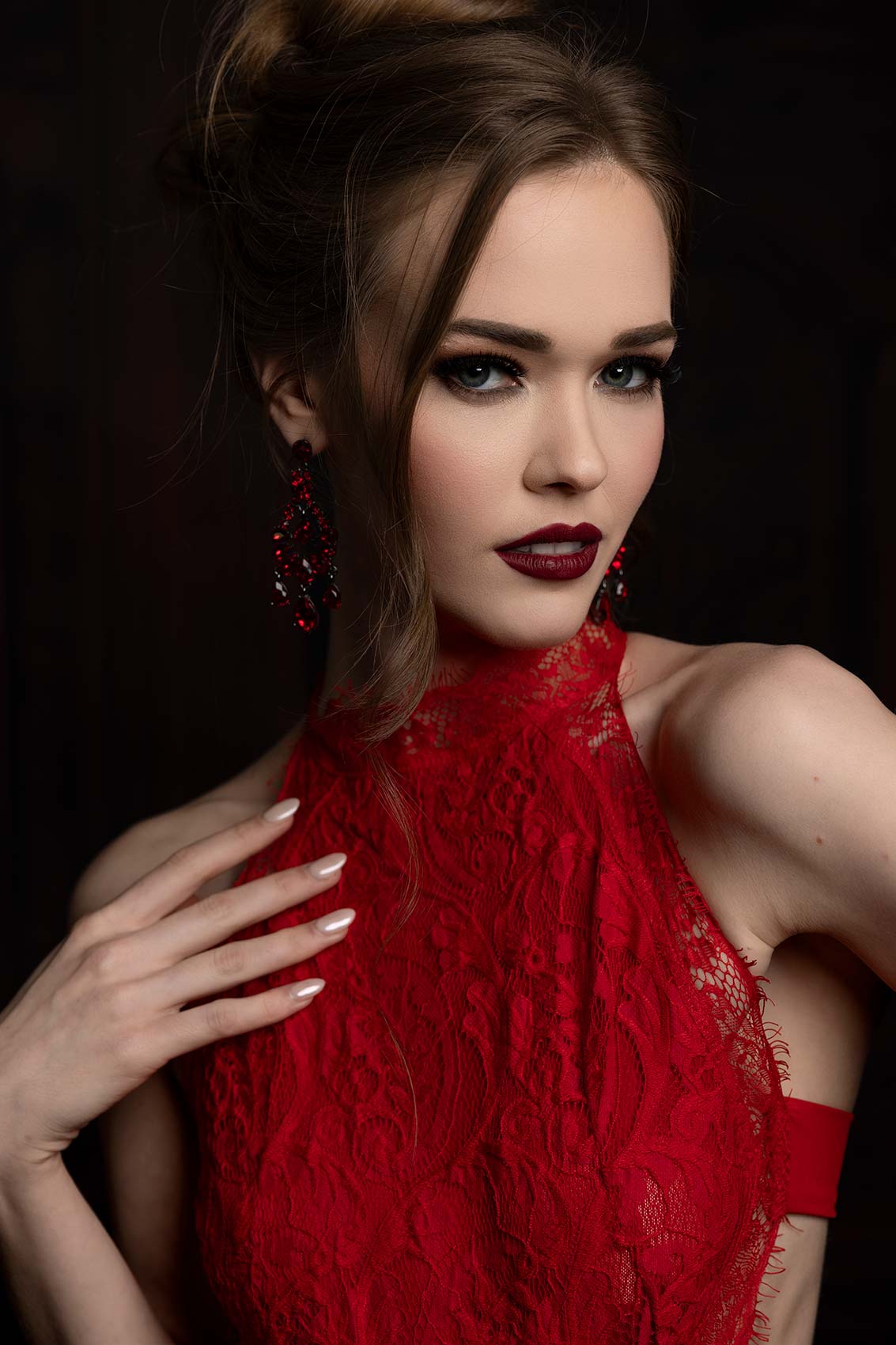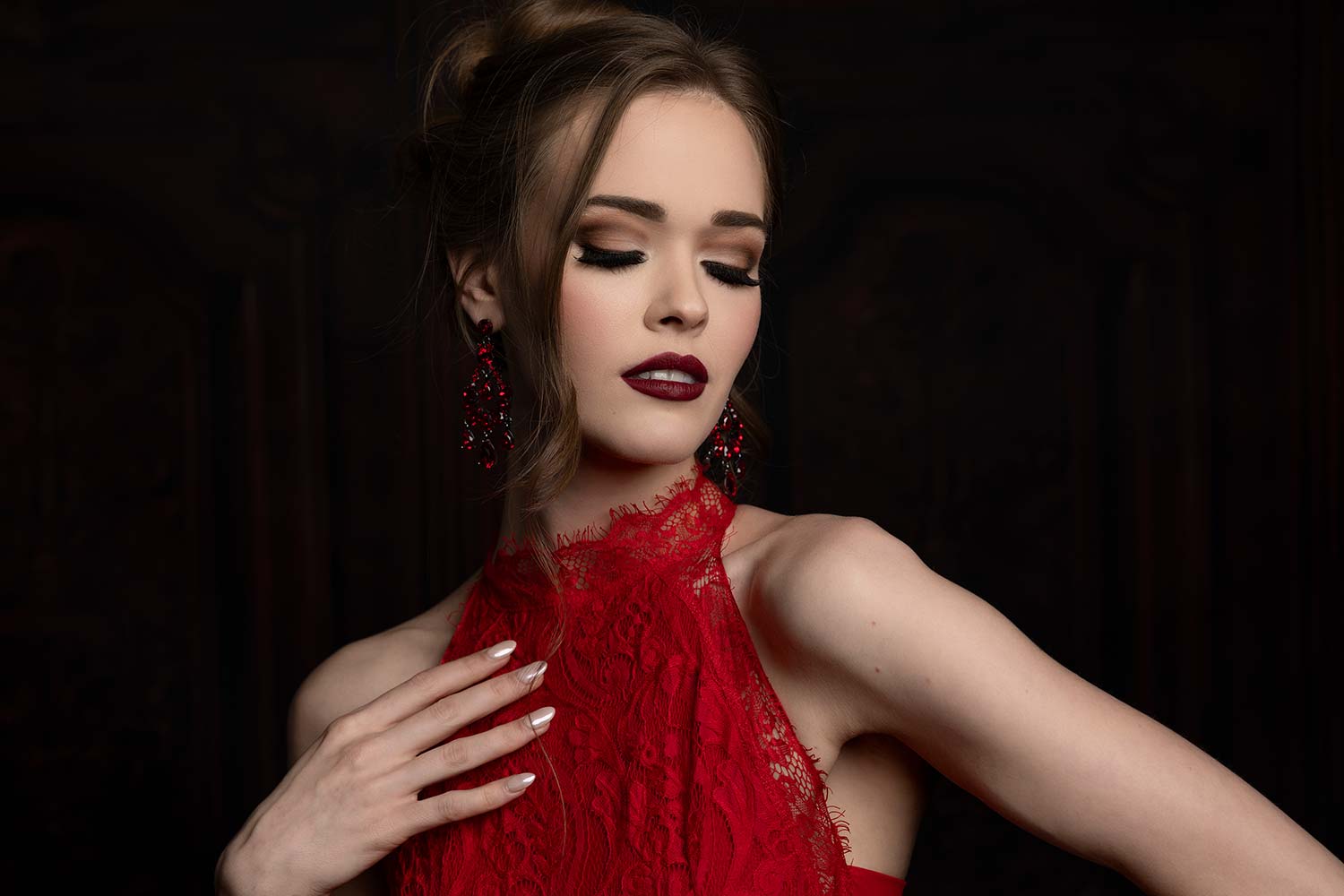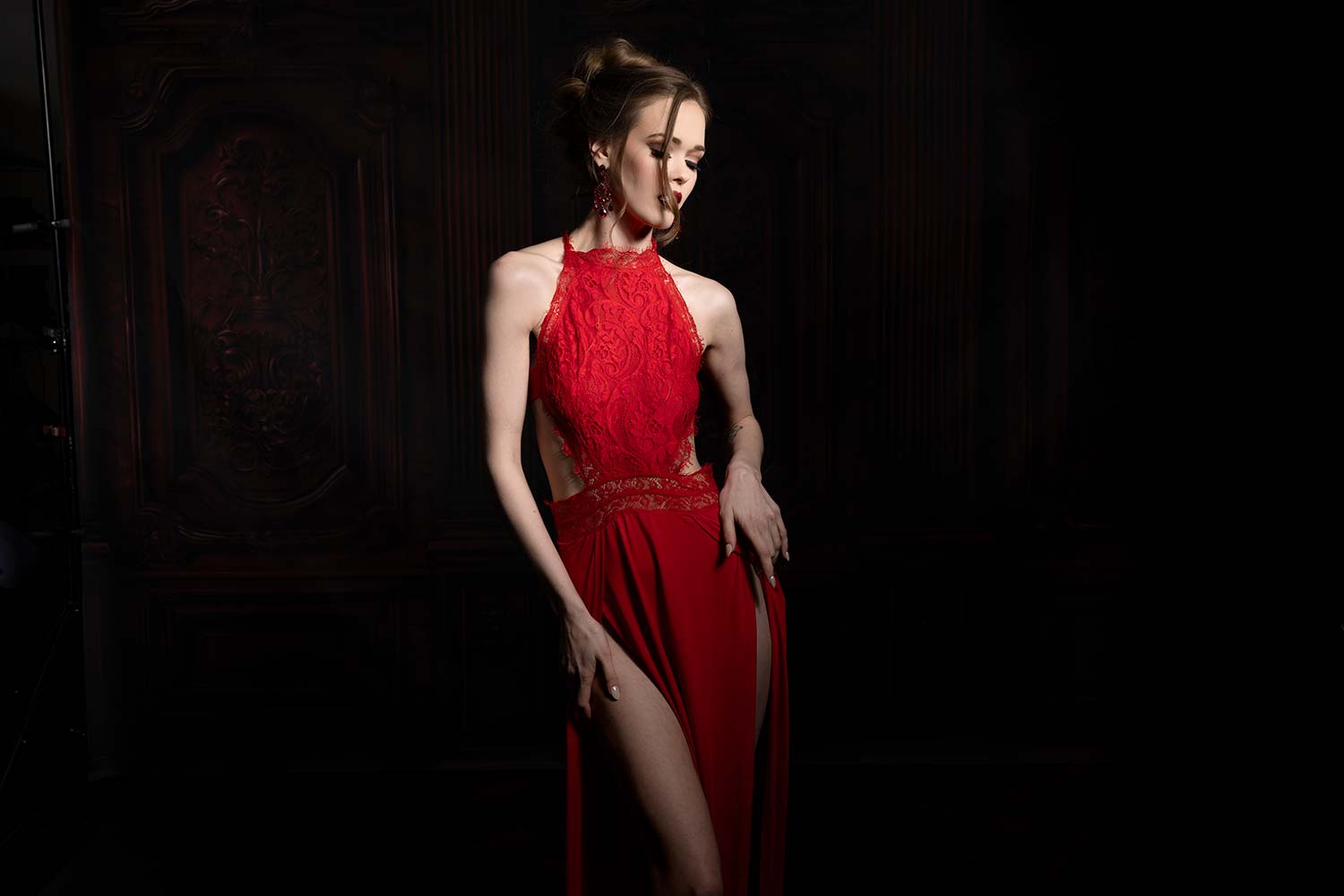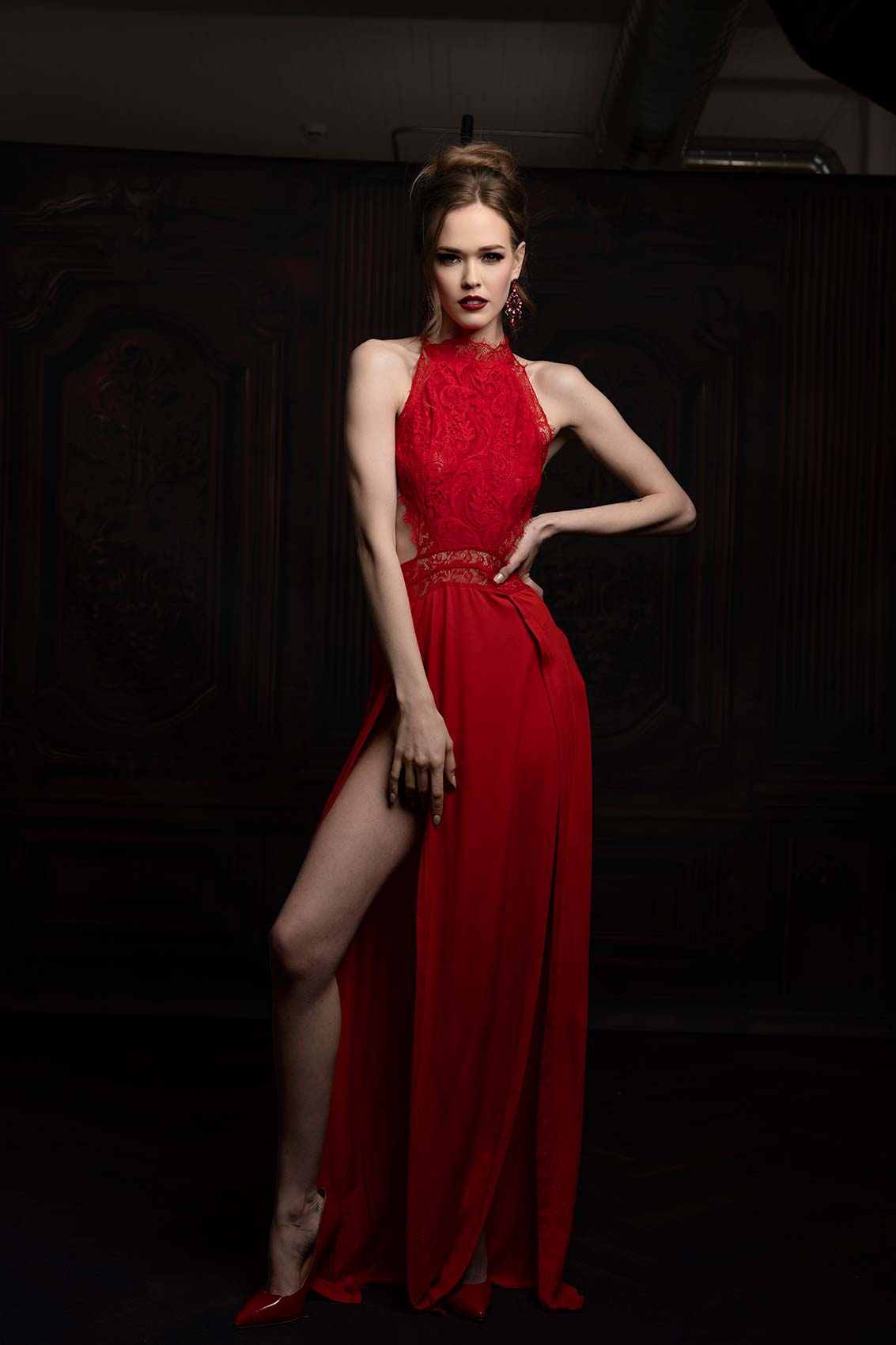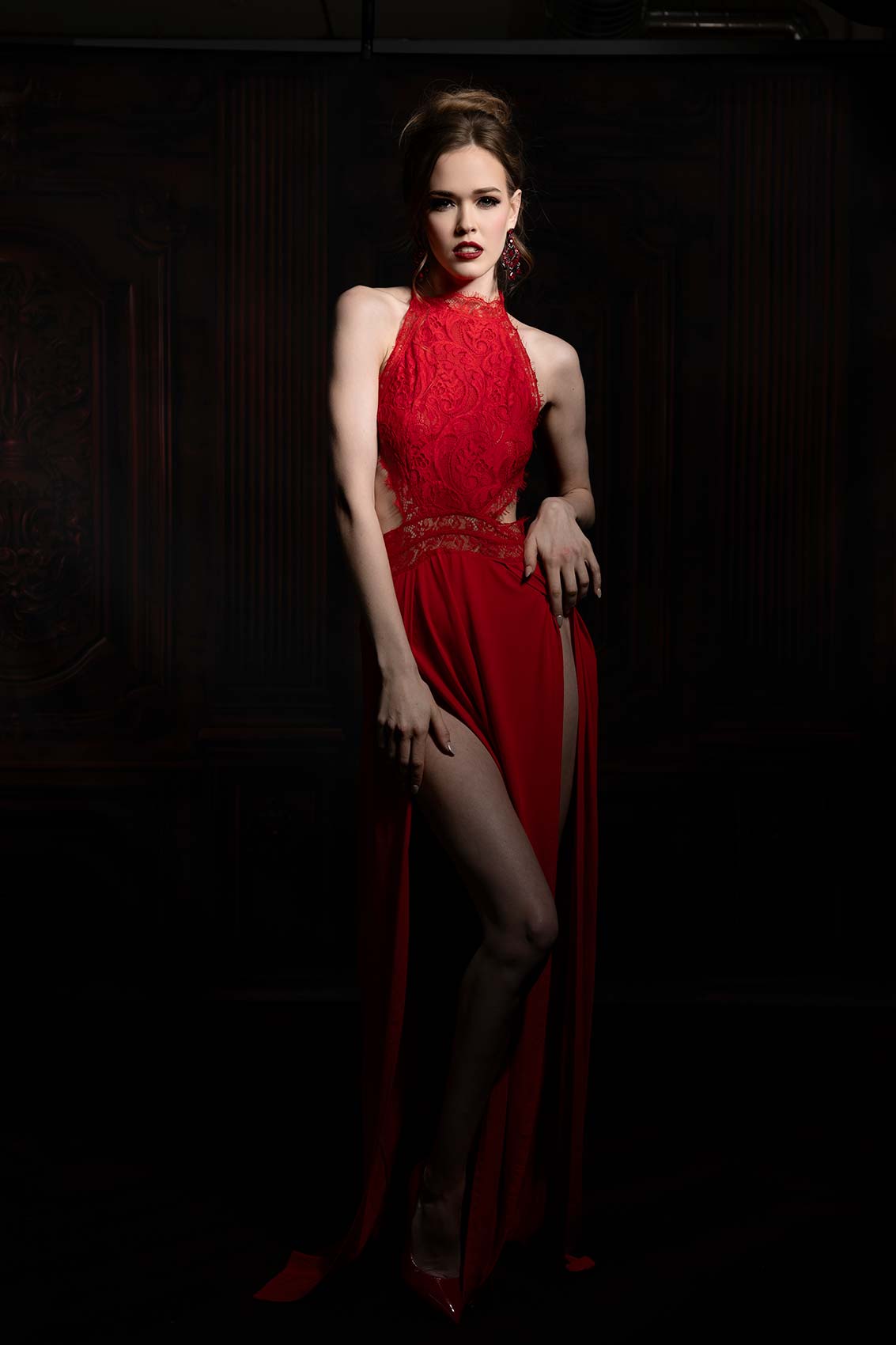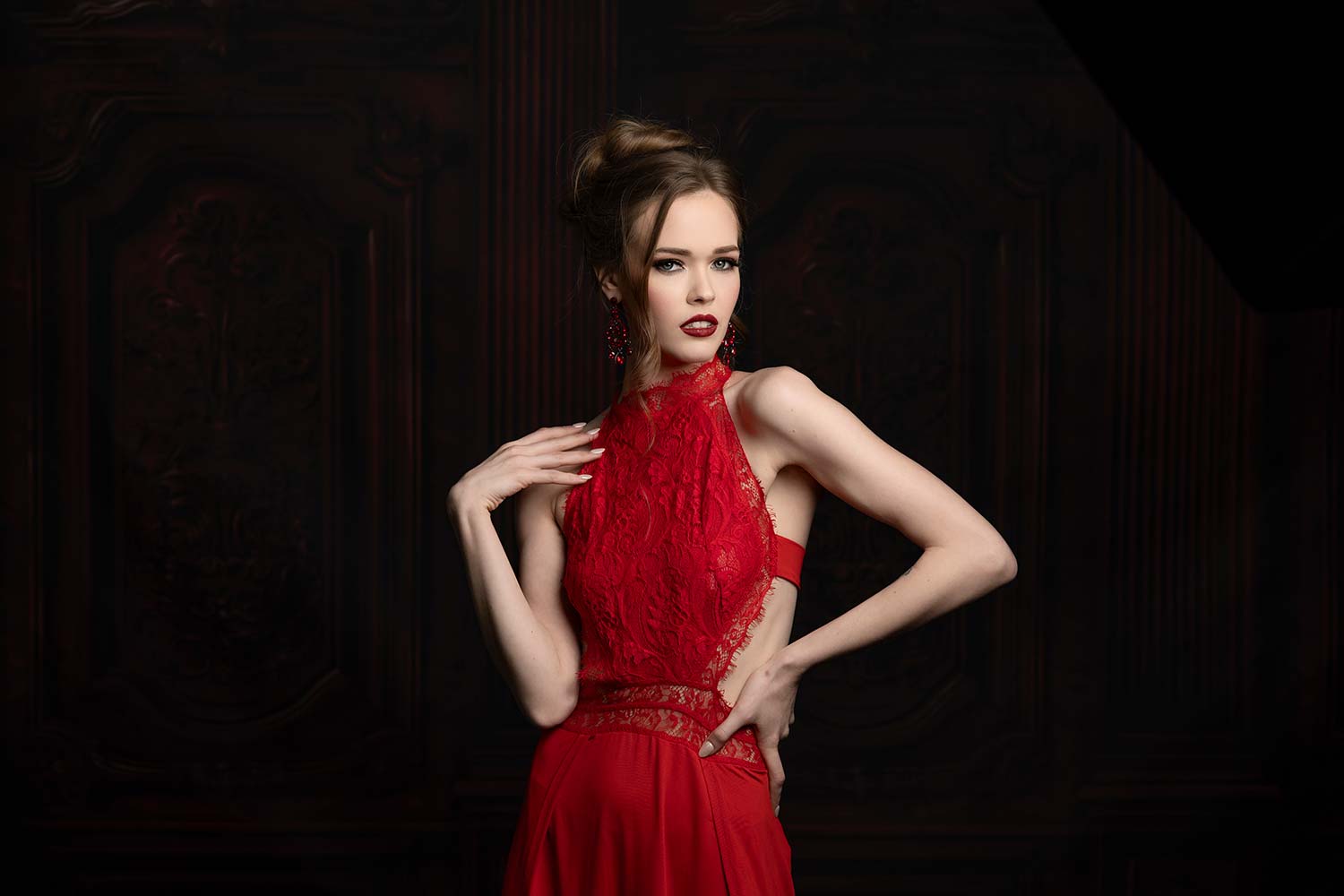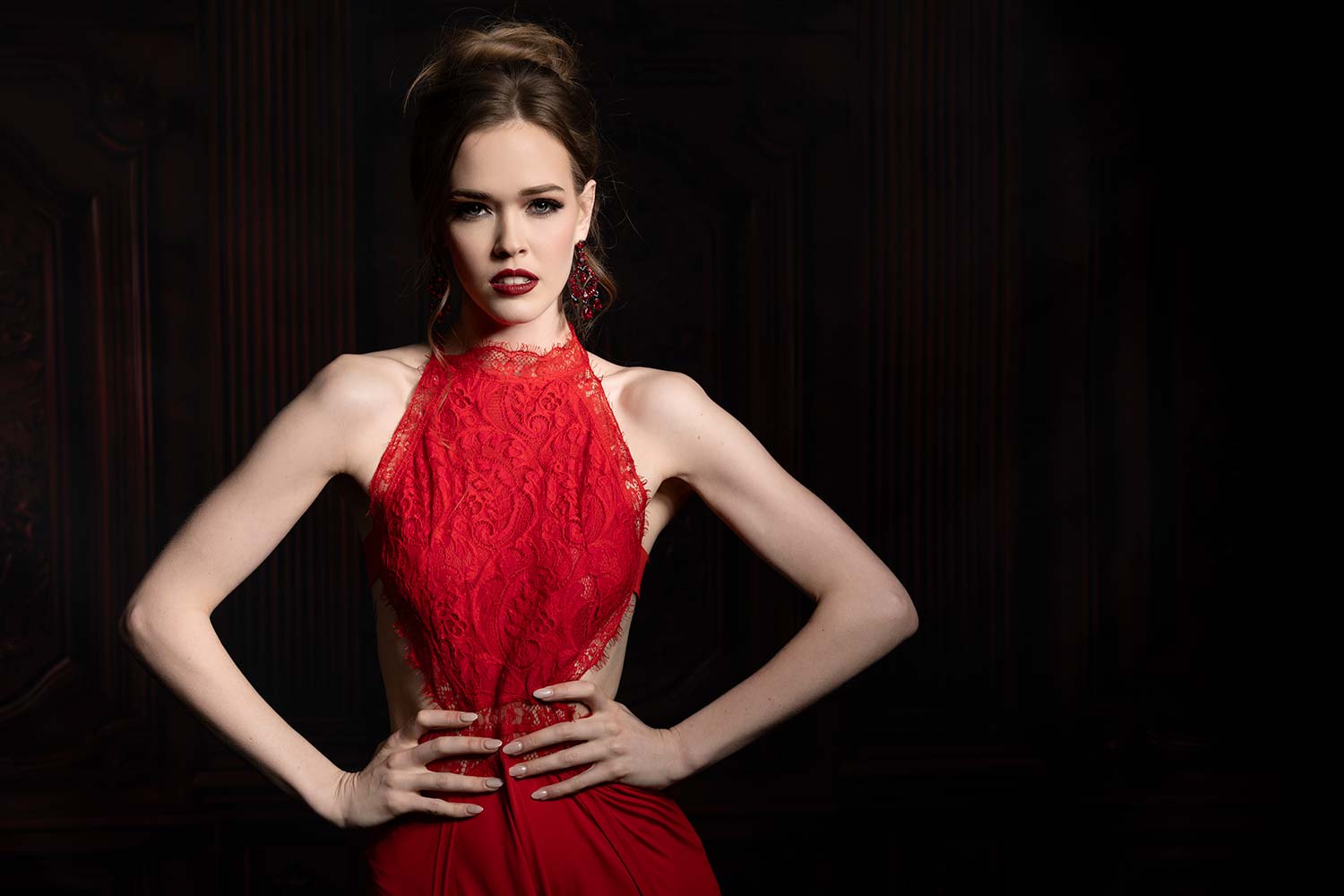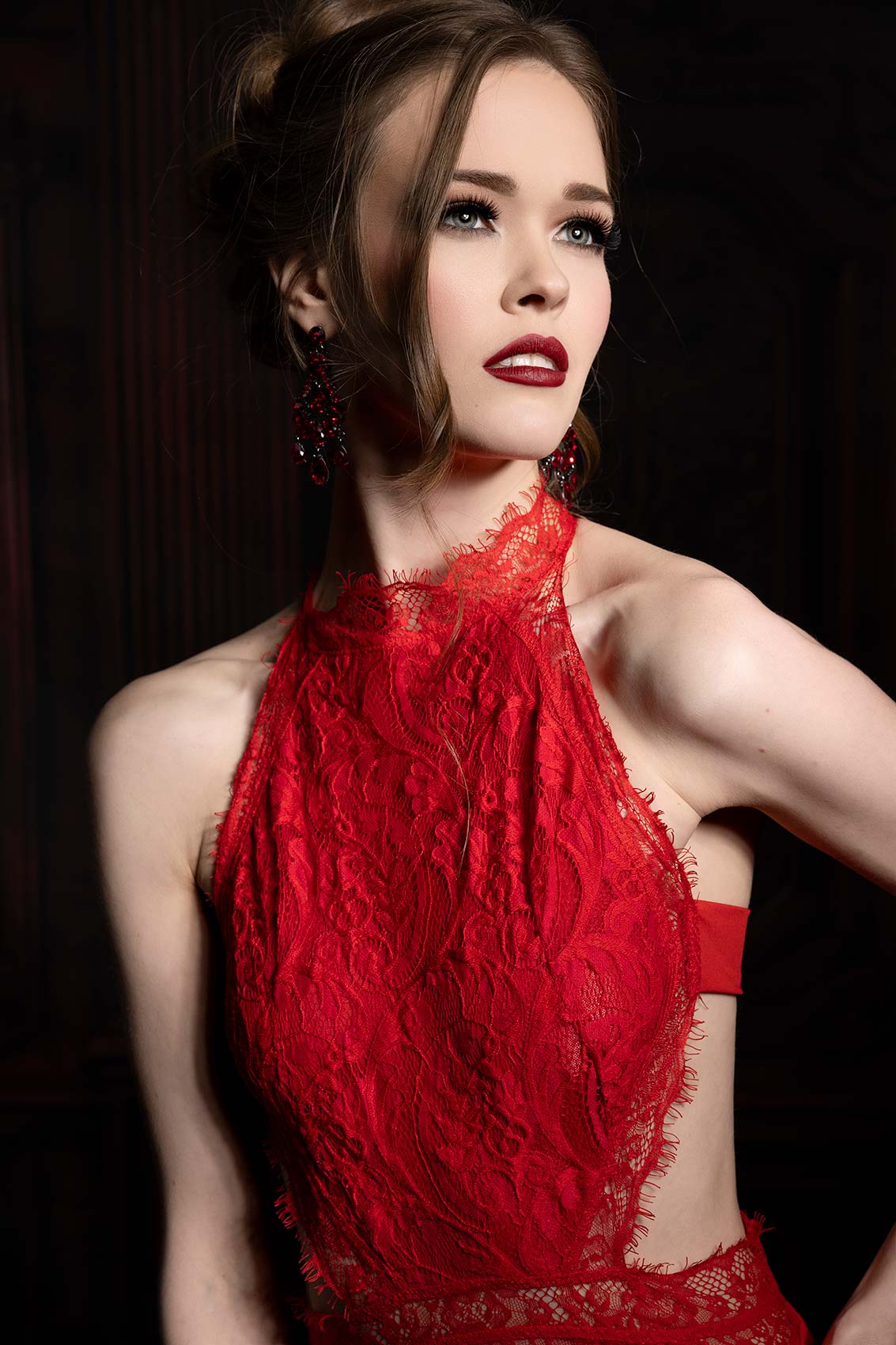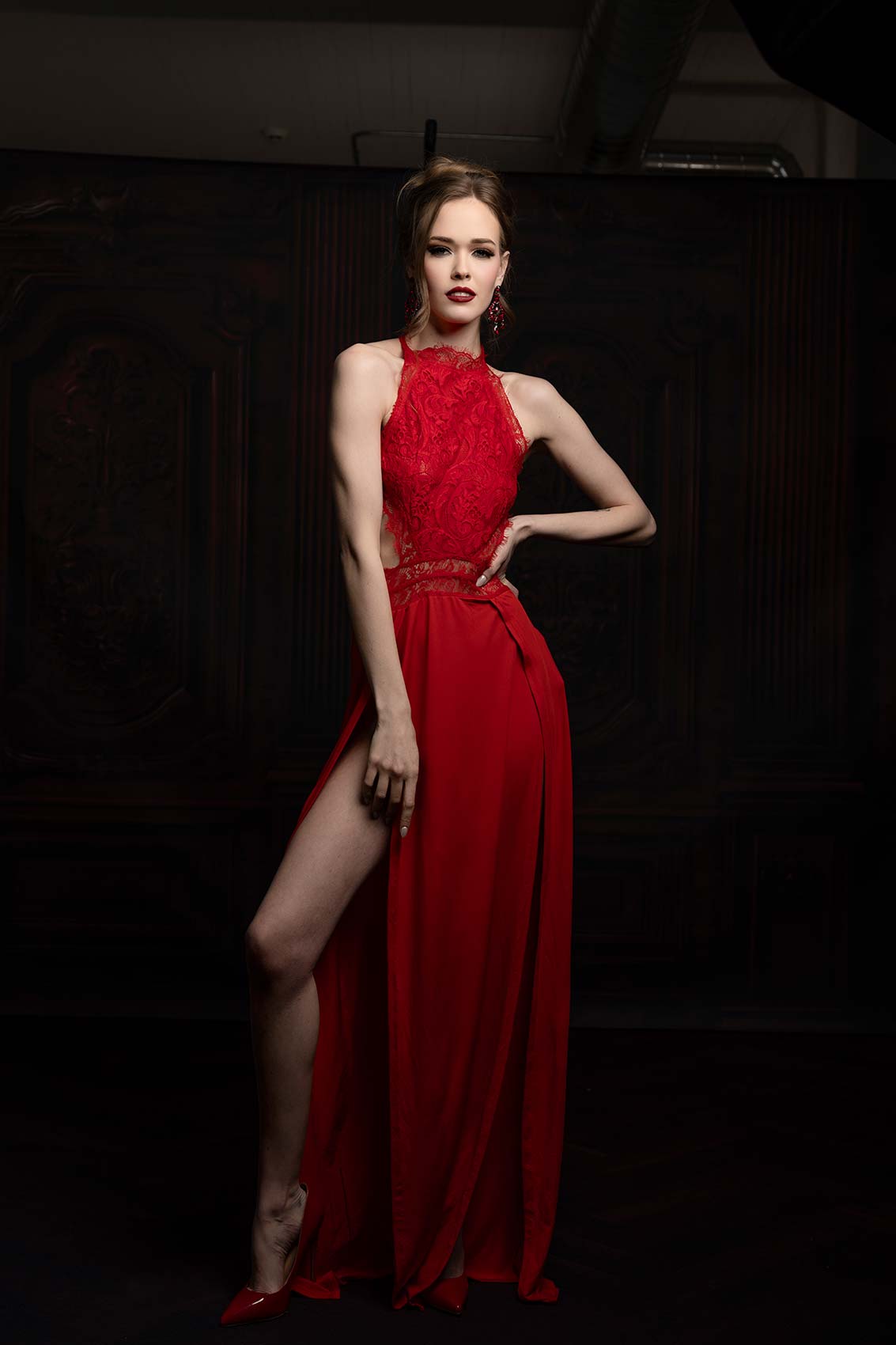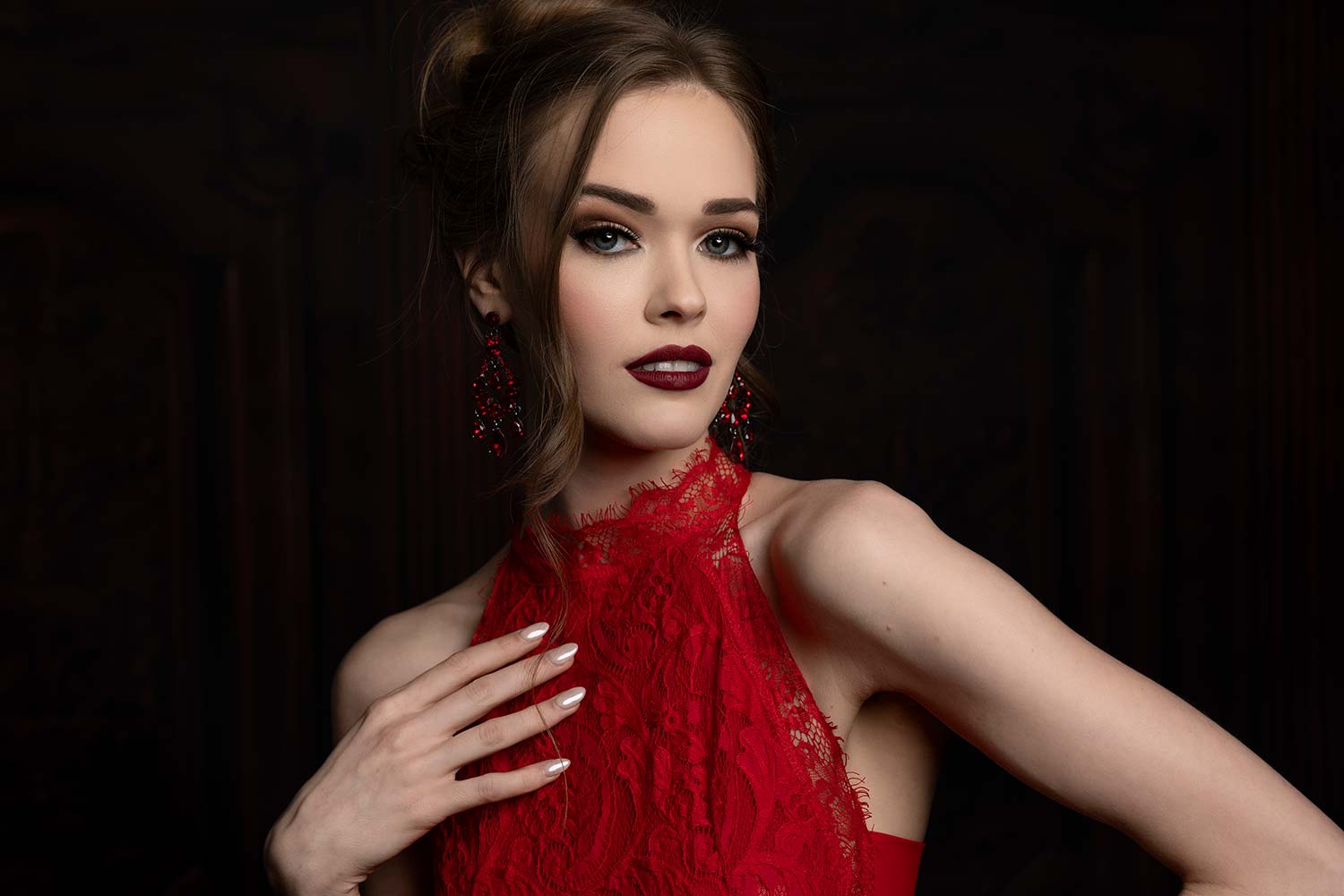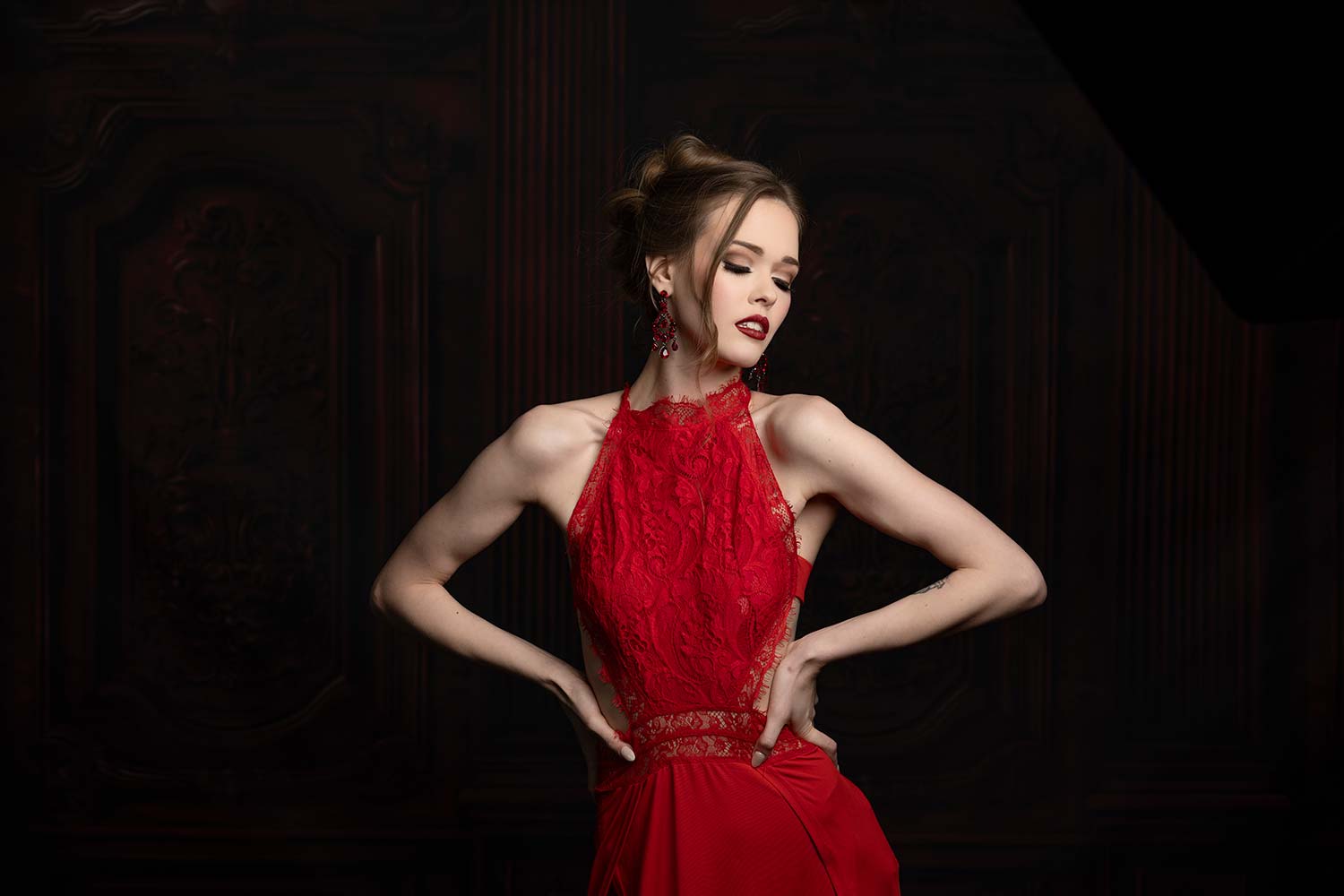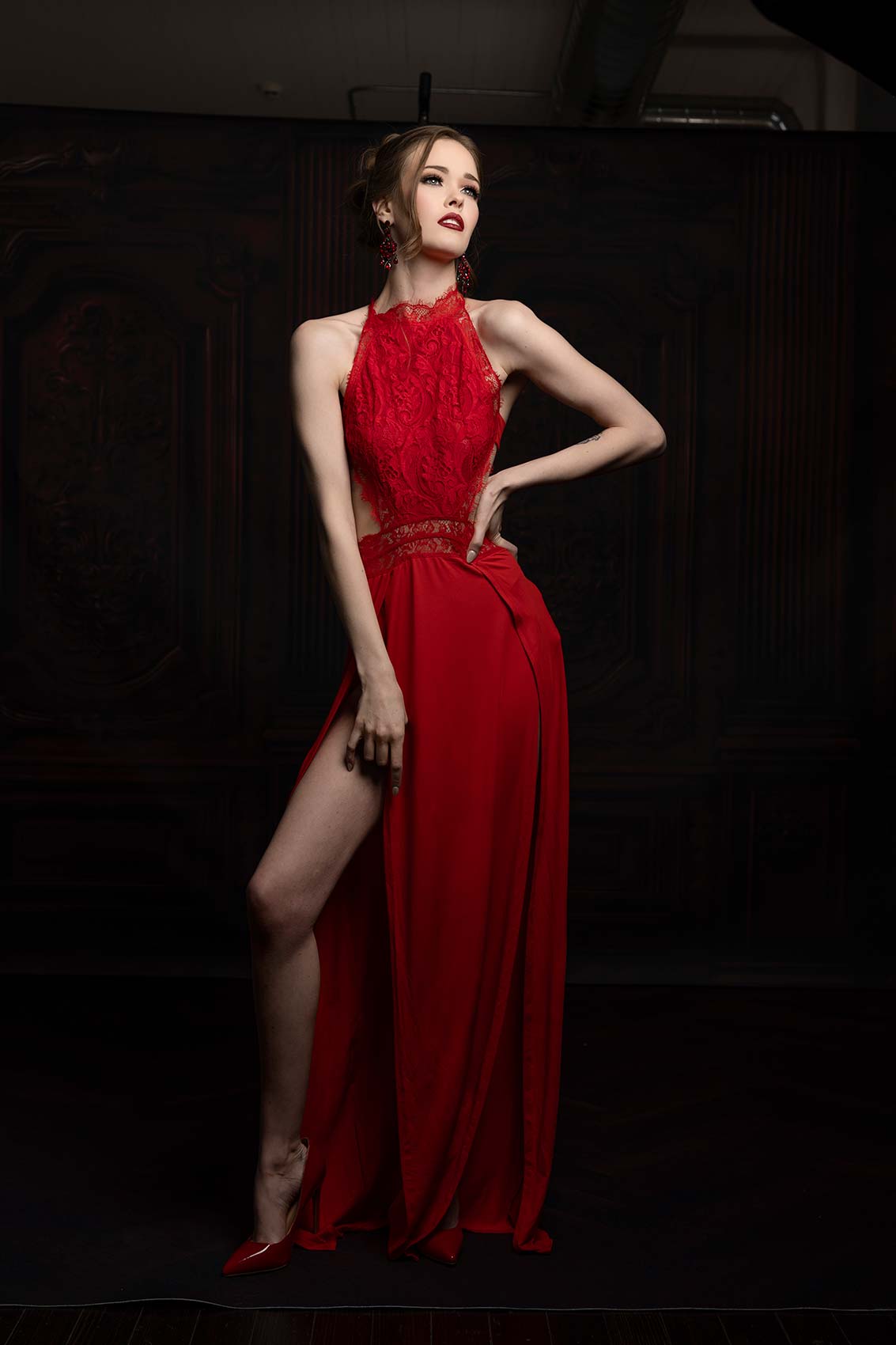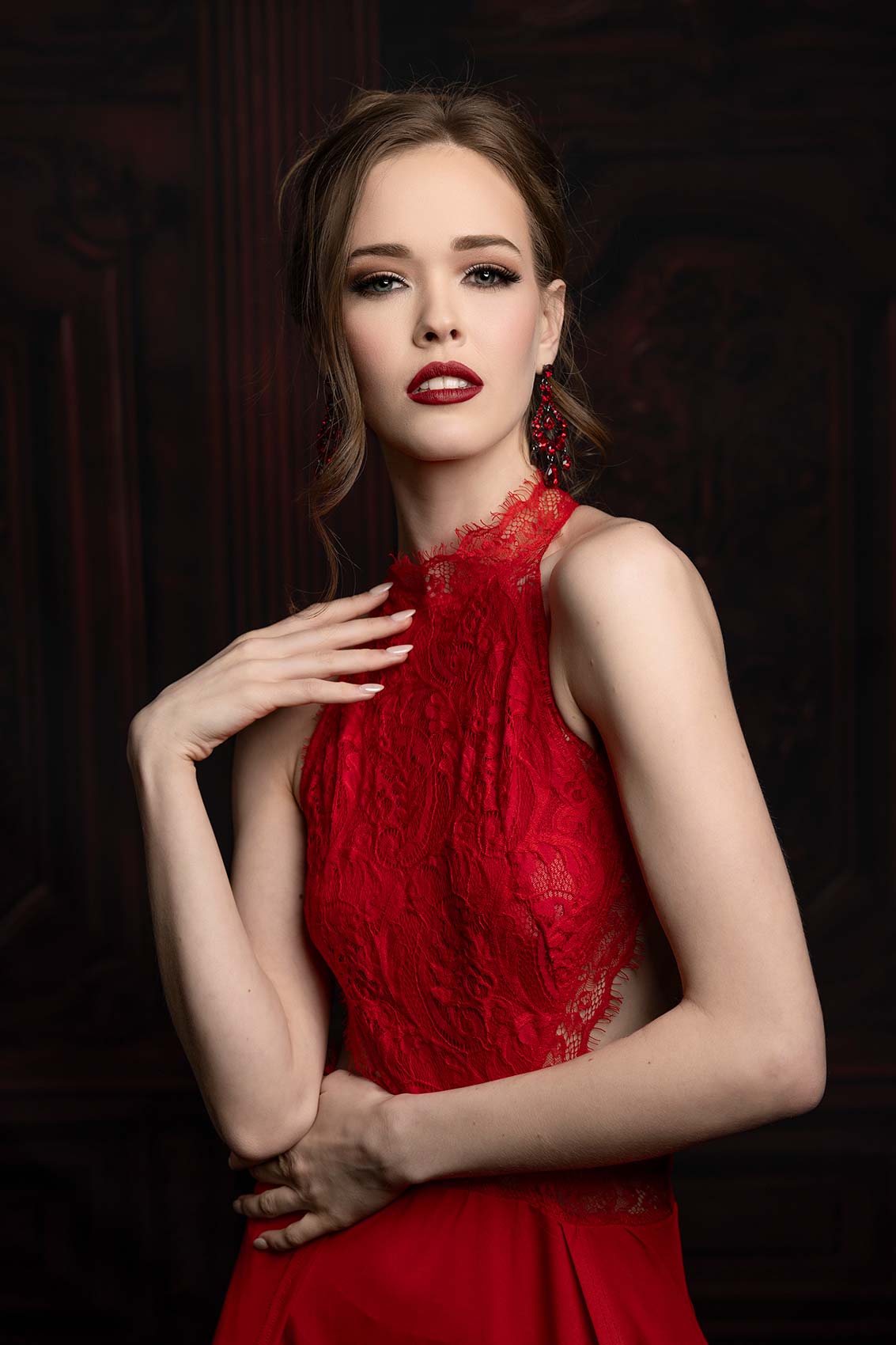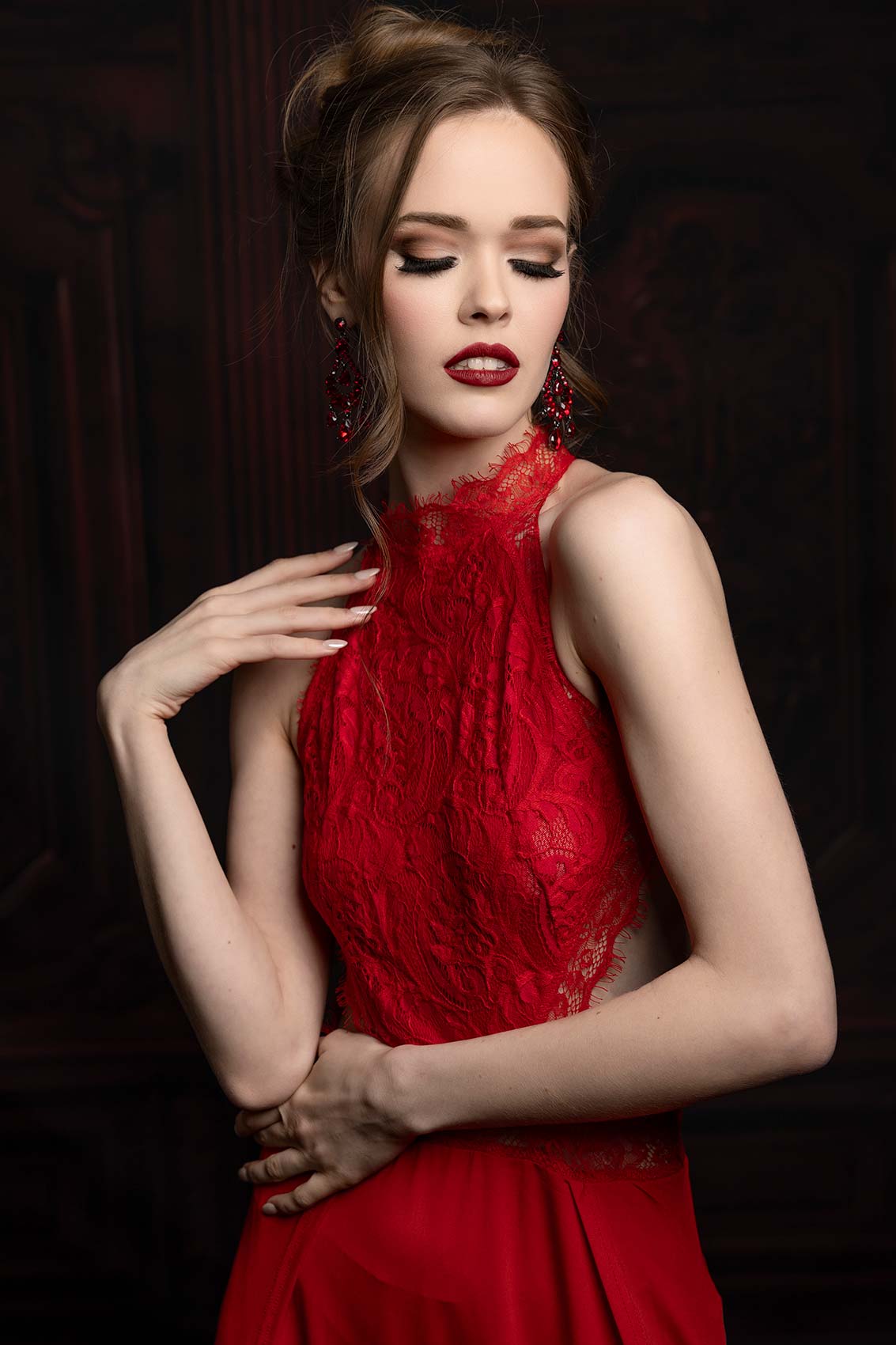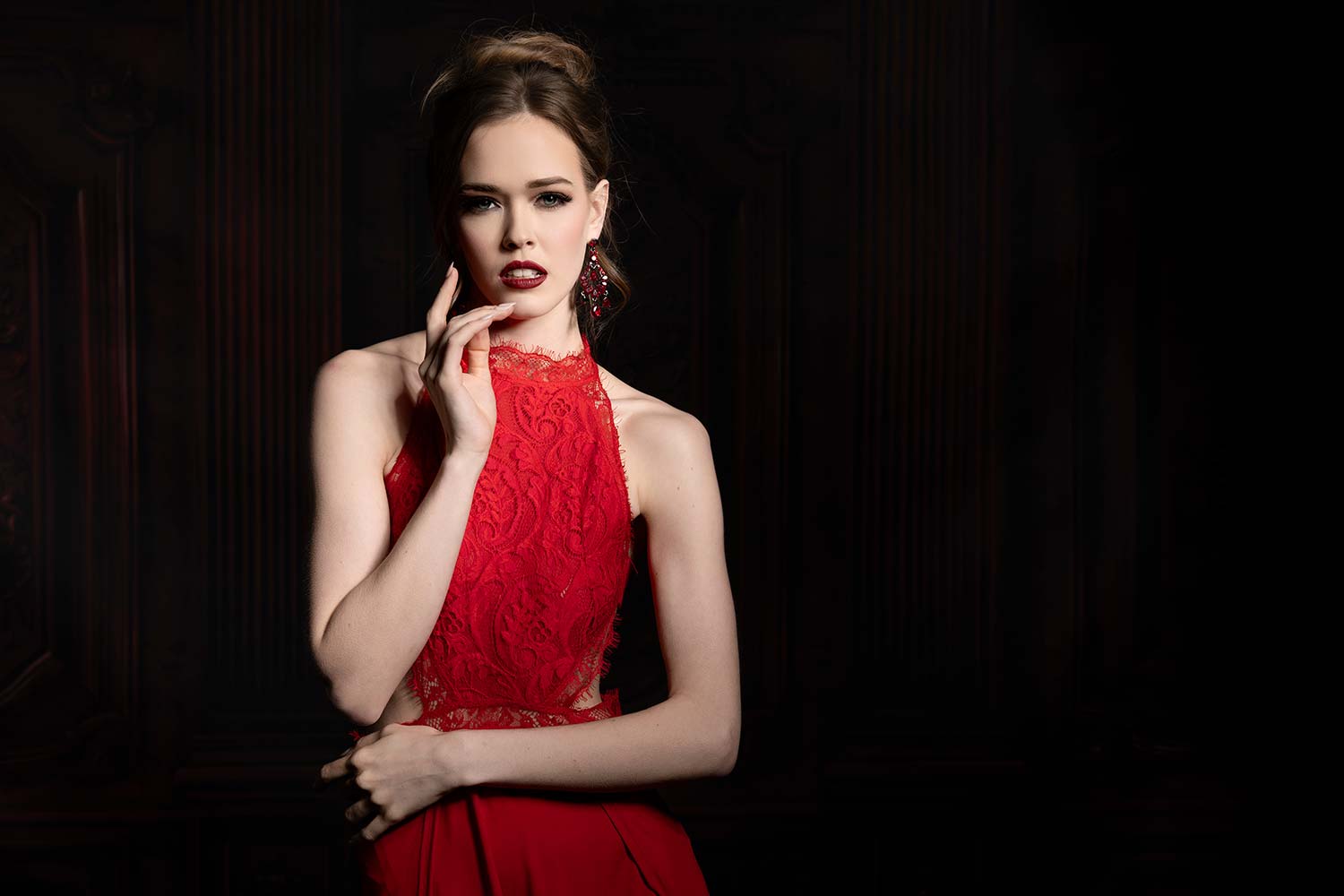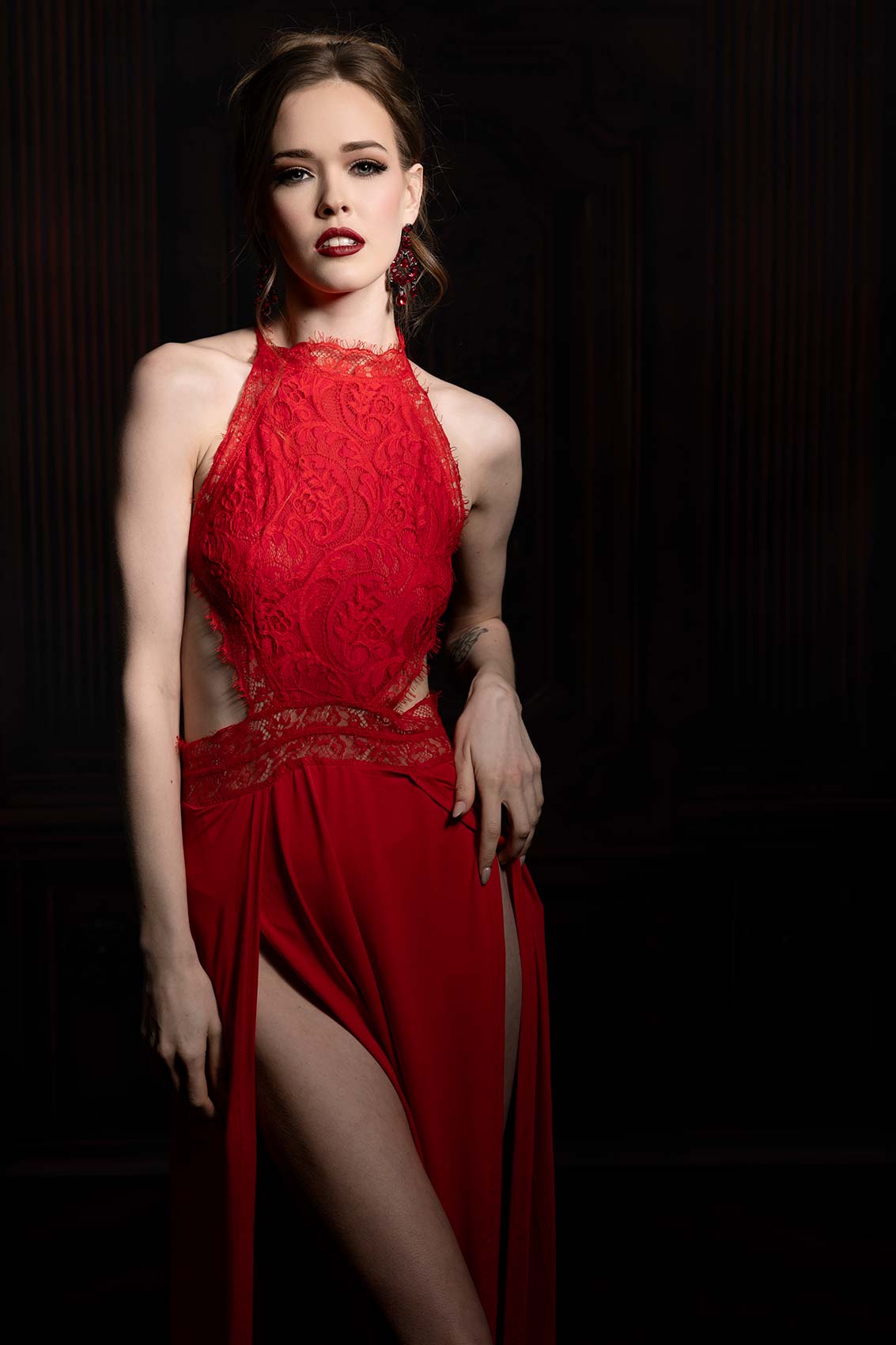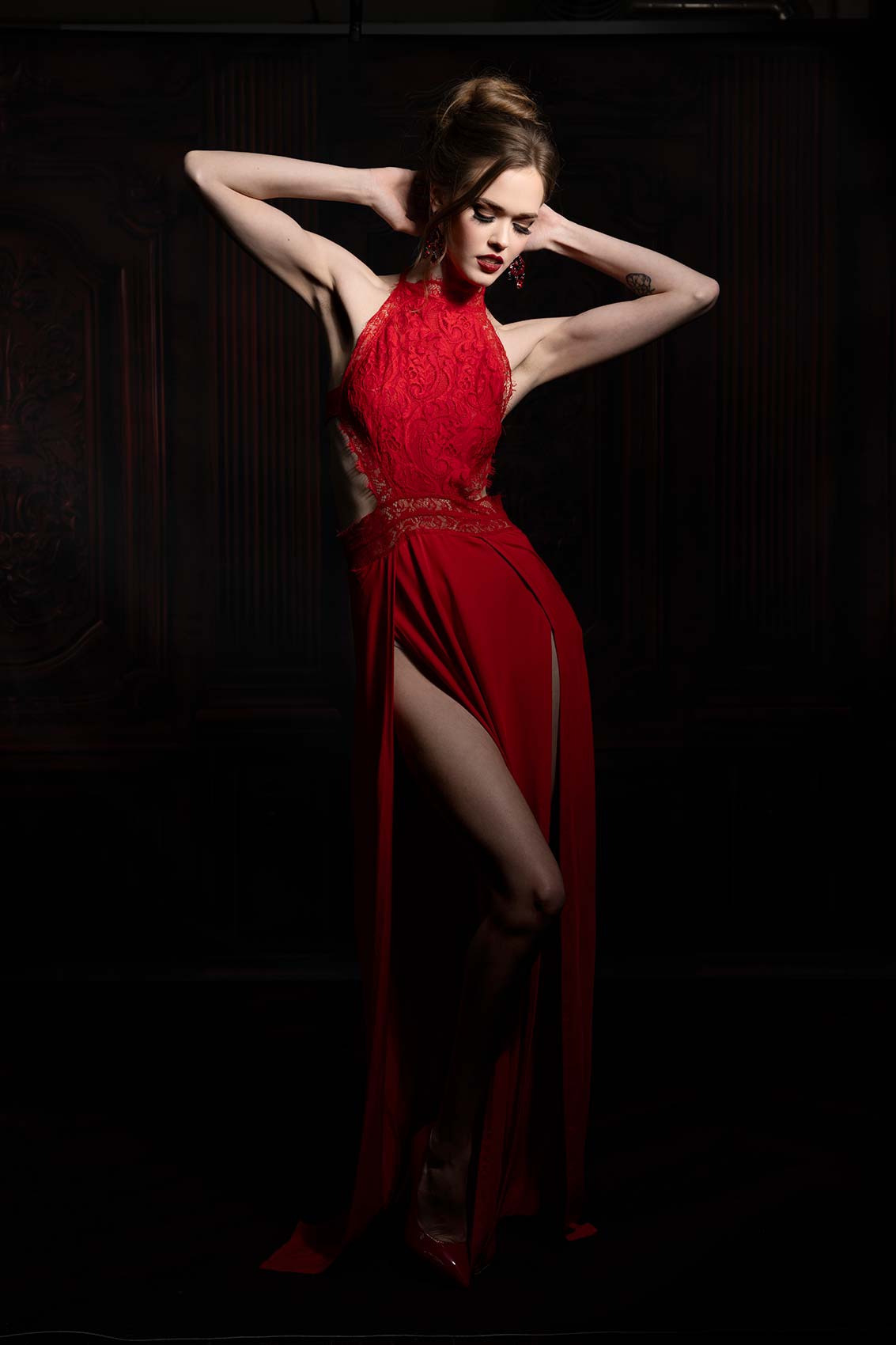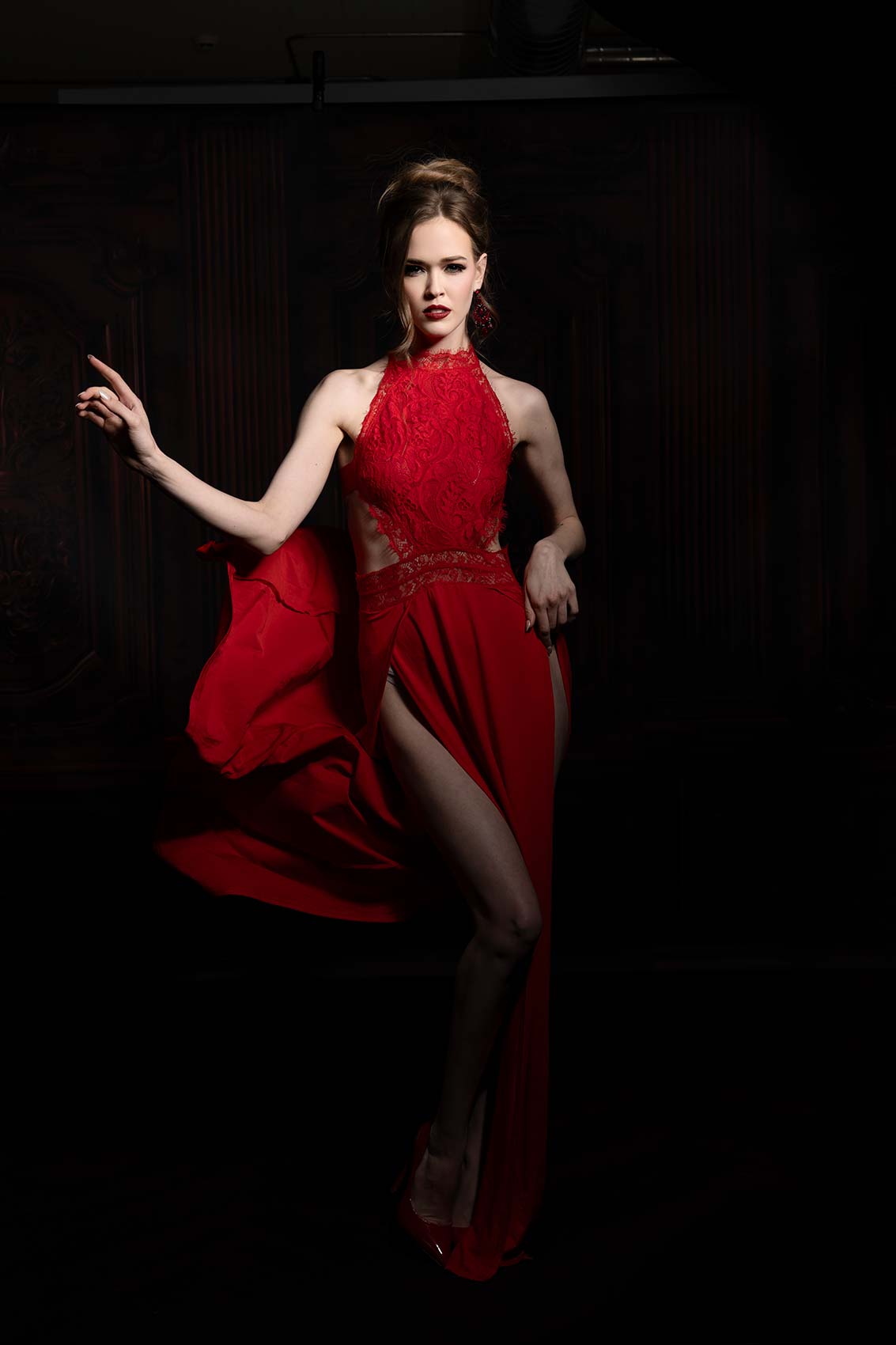These two completely different lighting modifiers will deliver completely different results with the same exact set up. In this lighting tutorial, we showcase the difference in the two different lighting options. Both portrait images look amazing, but I think creatives will like one over the other. Which do you like the best? One is softer and the other more specular.
Equipment Used:
Camera: Canon EOS R5
Lens: Canon RF28-70mm F2 L USM
Light: Wescott FJ400, Octabox, Beauty Dish
Team:
Photographer: Sal Cincotta
Model: Violet Deardorff
Hair & Makeup: Brandi Patton, ReFine Beauty
What’s up everyone? I’m Sal Cincotta. Today we are going to talk about the differences or make the decision on which is better for your portraits, an Octabox or a Beauty Dish. Let’s get to it.
I don’t know if it’s an age-old discussion, but there is a difference between a Beauty Dish and an Octabox. We’re going to shoot, we’re going to see the differences, shoot the same subject, use the same lighting power, same pose, pretty much everything the same, and see which we like better. But an Octabox is going to give you softer light. It’s a large light source with a diffusion panel, and it’s usually a little bit deeper. So for this, we’re using the FJ 400 and a medium Octabox. Now a Beauty Dish, the main difference there is going to be, it’s usually shallower and there’s a reflector in the center.
Now, some Beauty Dishes you can use if you want to soften the light even more and put a diffusion panel over the front. For this, we’re using the Manny Ortiz Beauty Dish. We’re going to remove the diffusion panel. Why would you use either/or? The Octabox is going to typically give you softer light, softer shadow, softer kind of fall off. Whereas the Beauty Dish is going to give you more contrast and more defining lines in your portraits. So really, it’s up to you. There’s no right or wrong decision, it just depends on the look you’re going for.
Now with the Manny Ortiz, the inside is actually silver. Once you have silver, the reflection panel, that’s already going to give you more contrast there, okay? So just keep that in mind. But it’s a look, and a lot of people use it. They use it for male and female portraits. So if we look here at the inside of this, we’ll see this Octabox is silver and has multiple layers of baffling. But what will end up happening is there, you can see that that light is firing direct at the subject. So these types of light sources don’t always give you the same quality of light, I would say, as a Beauty Dish.
Now, when we look at the Beauty Dish here from Manny Ortiz, what you’re going to notice here is it’s silver, but it’s shallower. When the light and the strobe fires, it’s going to hit this reflector, bounce back, and fill up this entire umbrella with light and kind of deliver it in a more even fashion, I think. Now if we wanted to soften it even more, we could use the diffusion panel, which we’re not. So for this, we’re not going to. So we’re just going to use these two. Let’s see what we get.
All right. So what we did, we got dialed in. So we are using an FJ 400. We are dialed in at F5.6, single light source. So we really just want to focus more on a kind of bust shot, beauty shot, and we’ll be up in here. Close background. That’s a new wall from Intuition Backgrounds. That’s releasing probably around the time of this video. So really cool stuff for your sets. So here we go.
So now what I want to do is keep everything the same, same light position. And now I just want to switch this out. So we want to meter in here and make sure. I have a feeling this light is going to be a little bit more pop-y. So let’s see. Yeah, so without all that diffusion material, we’ve got almost a full stop extra of light here. So we just need to adjust for it. Not a big deal. So now we’ve got the Beauty Dish up. I’m dialed in on power. So let’s get our first shot here to kind of see what we’re looking at.
I mean, and you can see right out of the gate how much harsher this light is compared to the other image. So when you look at them side-by-side, it’s got really crisp lines going into the shadows. Nothing soft about this. Now I will say the trend right now has been direct on-camera flash. Right? And so that’s been a super big trend. You’re seeing it online, you’re seeing it for wedding day photos. It’s been big in fashion for a long time. It’s nothing new there. And so this look is giving you that very, very specular crisp, contrasty look.
All right, everybody. That is a wrap. I don’t know what you think. Let me know in the comments. But if we pull these images up side-by-side, you’re going to see a very stark difference between the two types of shot. I think both should be in your kit, so to speak. So the big soft Octabox, soft images, soft shadows, soft transition. Getting to that Beauty Dish and you’re going to have a lot of contrast, a very punchy image, as we like to say.

